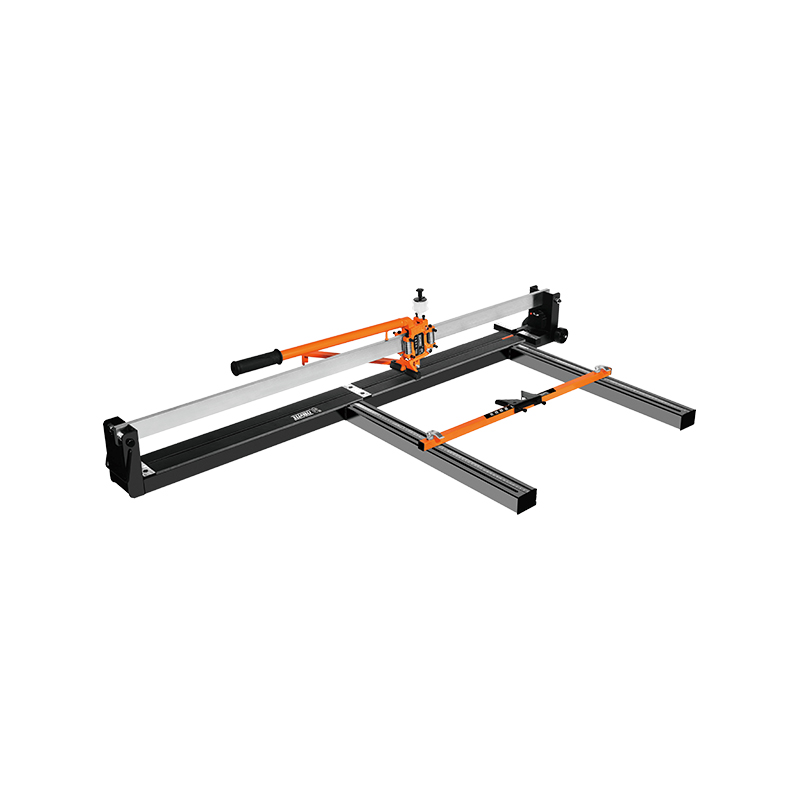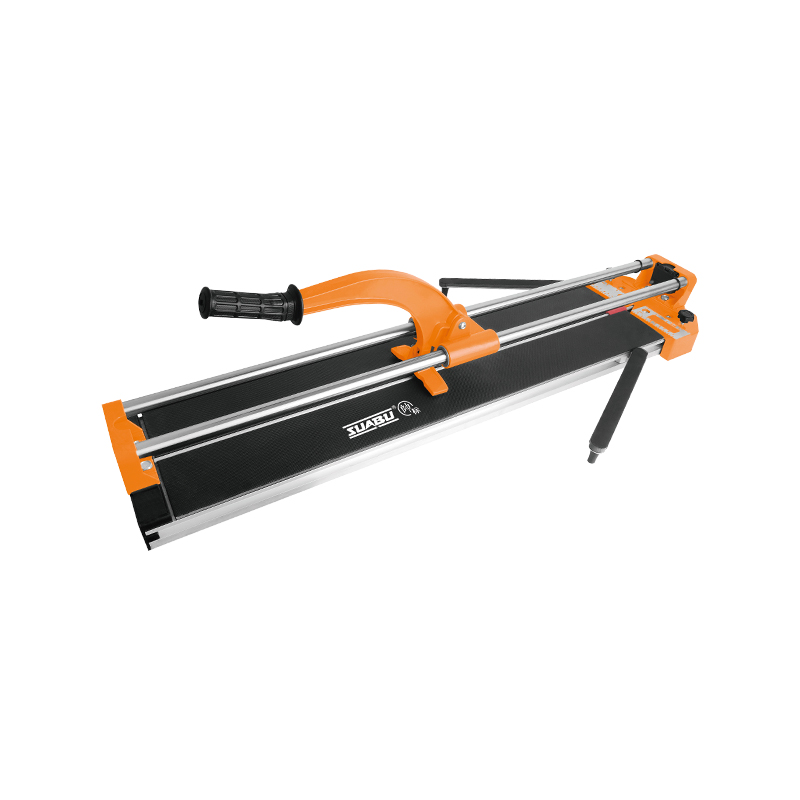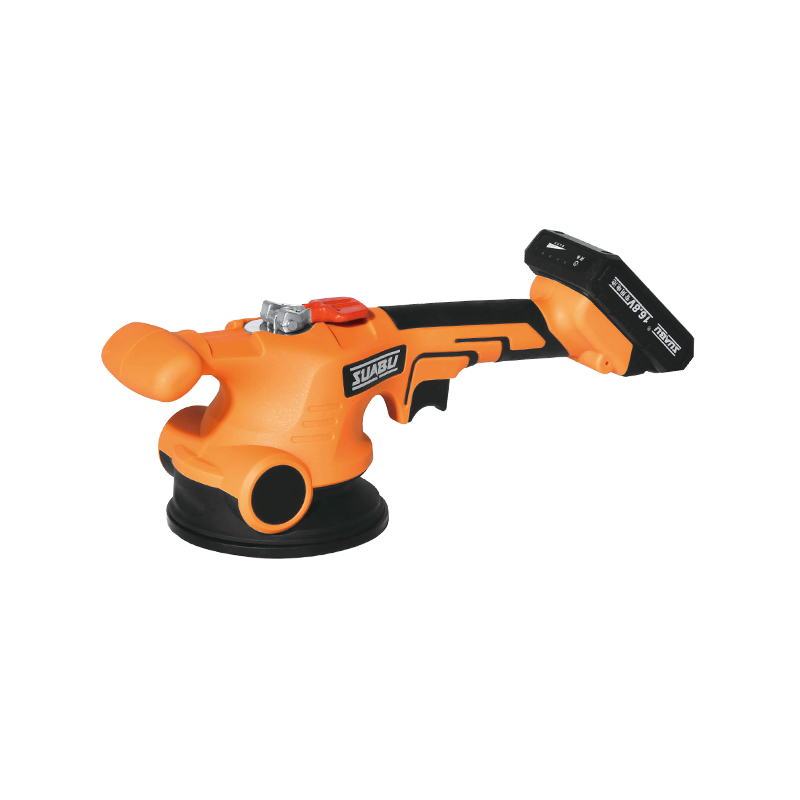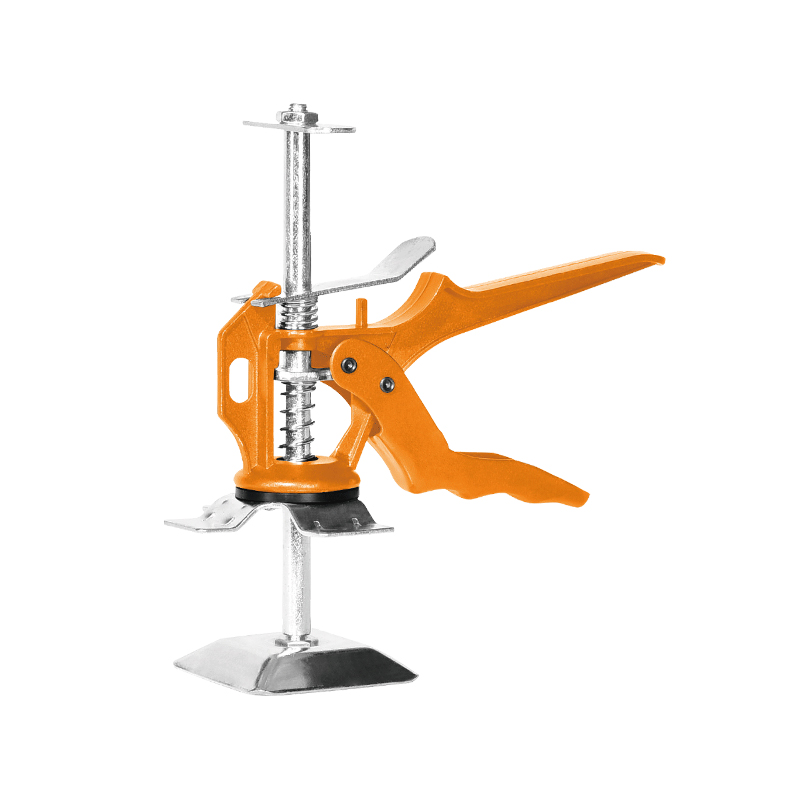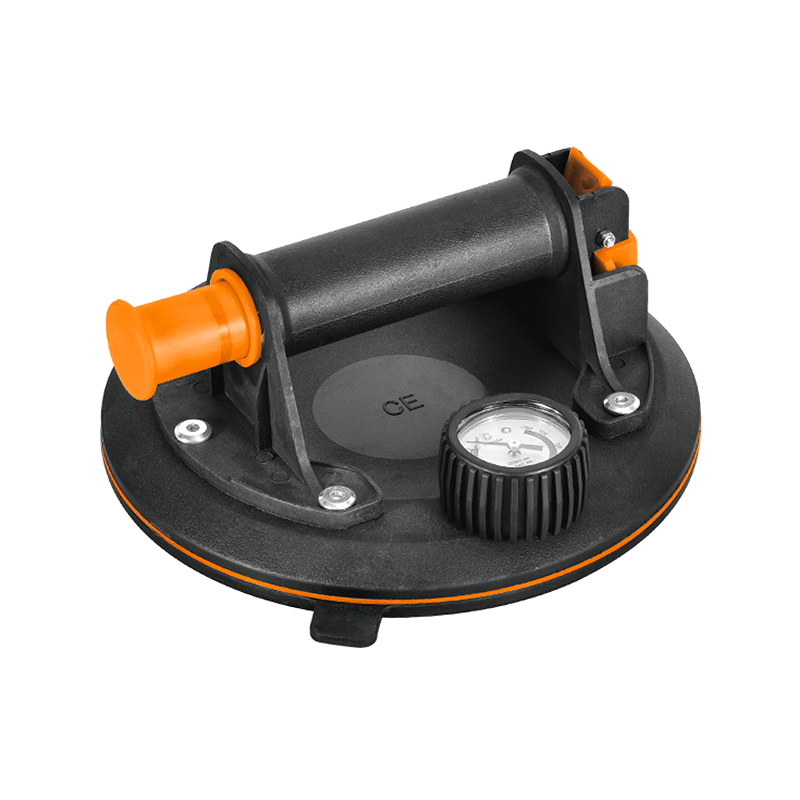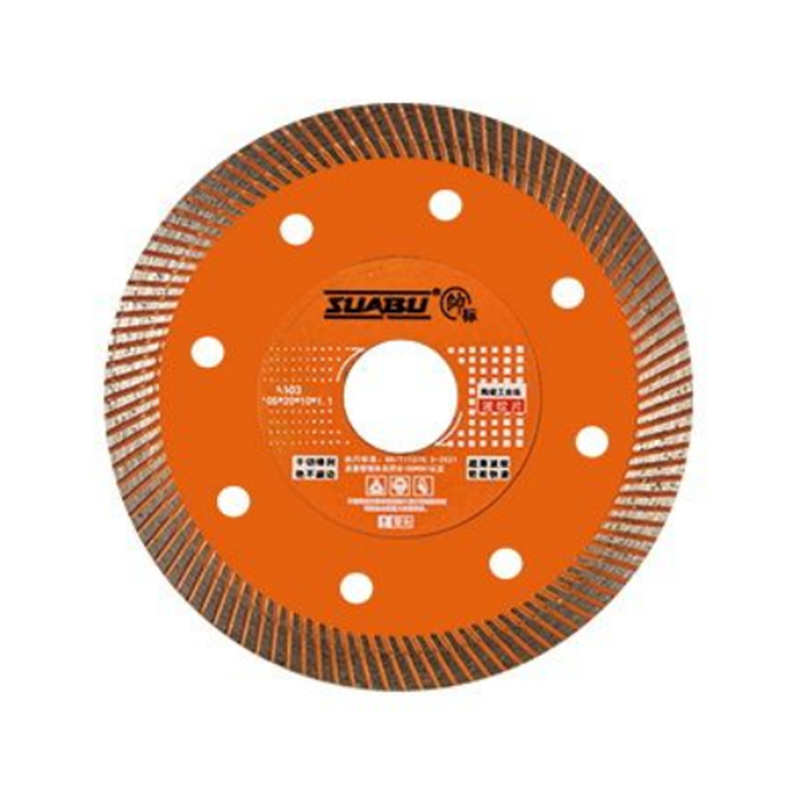Manual Ceramic Tile Cutters And Porcelain Tile Tools: A Comprehensive Guide
2024-06-14
When undertaking a tiling project, selecting the right tools is crucial for achieving a professional finish. Among these tools, manual ceramic tile cutters and porcelain tile tools stand out for their versatility and efficiency. This guide explores their features, benefits, and tips for usage, aiming to equip both DIY enthusiasts and professionals with the knowledge needed to choose and use these tools effectively.
Manual Ceramic Tile Cutters
Manual ceramic tile cutters are essential tools for any tiling project. They are designed to make precise cuts on ceramic tiles without the need for electrical power, making them ideal for use in various settings, including homes and construction sites.
Features
1. Cutting Wheel: The core component of a manual tile cutter is the cutting wheel, typically made from tungsten carbide or titanium. This wheel scores the tile surface, allowing for a clean break along the score line.
2. Breaking Mechanism: After scoring the tile, the breaking mechanism applies pressure to snap the tile along the scored line. This mechanism often includes a lever or handle to ensure an even distribution of force.
3. Measuring Guide: Many manual tile cutters come with an adjustable measuring guide or fence, which helps in making straight and angled cuts with precision.
4. Base and Support: The base is usually made of metal or durable plastic, providing stability during cutting. Some models also feature rubber feet to prevent slipping.
Benefits
1. Portability: Manual tile cutters are lightweight and easy to transport, making them suitable for on-site work.
2. Ease of Use: These tools do not require electricity, reducing the need for power sources and making them simpler to use.
3. Cost-Effective: Manual cutters are generally more affordable than their electric counterparts, making them a good option for budget-conscious projects.
4. Low Maintenance: With fewer moving parts and no motor, manual tile cutters require less maintenance.
Usage Tips
1. Scoring: Apply consistent pressure while scoring the tile to ensure a clean break. Avoid pressing too hard, as this can damage the tile or the cutting wheel.
2. Alignment: Use the measuring guide to align the tile properly before scoring. Double-check measurements to avoid mistakes.
3. Safety: Wear safety glasses and gloves to protect yourself from tile shards and sharp edges.
Porcelain Tile Tools
Porcelain tiles are known for their durability and aesthetic appeal but can be challenging to cut due to their hardness. Specialized tools are required to handle these tiles effectively.
Diamond Blade Wet Saw
A wet saw with a diamond blade is one of the more effective tools for cutting porcelain tiles. The diamond blade can handle the hardness of porcelain, while the water cooling system reduces friction and prevents overheating.
Benefits:
- Precision: Wet saws allow for precise cuts, including intricate shapes and angles.
- Reduced Breakage: The water cooling system less the risk of tile breakage by reducing heat and dust.
- Smooth Edges: Diamond blades produce clean, smooth edges, reducing the need for additional finishing.
Tile Nippers
Tile nippers are hand tools used for making small cuts or adjustments to tiles. They are particularly useful for cutting around irregular shapes or fixtures.
Benefits:
- Versatility: Tile nippers can handle a variety of tile shapes and sizes.
- Control: They offer great control for making detailed cuts, especially in tight spaces.
Handheld Tile Cutter
Handheld tile cutters are similar to manual tile cutters but are more compact and portable. They are suitable for making quick, straightforward cuts on smaller tiles.
Benefits:
- Convenience: Easy to carry and use, making them ideal for quick adjustments on-site.
- Affordability: Typically less expensive than larger cutting tools.
Usage Tips for Porcelain Tile Tools
1. Blade Maintenance: Regularly check and maintain the diamond blade to ensure it remains sharp and effective.
2. Proper Technique: When using a wet saw, let the blade do the work. Apply gentle pressure and move the tile slowly to prevent chipping.
3. Safety Precautions: Always wear safety gear, including goggles and gloves, to protect against dust and sharp tile edges. Use a mask to avoid inhaling dust particles.
Selecting the right tools for cutting ceramic and porcelain tiles can significantly impact the quality and efficiency of your tiling project. Manual ceramic tile cutters offer a practical, cost-effective solution for many cutting needs, while specialized porcelain tile tools ensure clean, precise cuts on tougher materials. By understanding the features, benefits, and proper usage of these tools, you can achieve professional results in your tiling endeavors, whether you're a seasoned professional or a DIY enthusiast.

